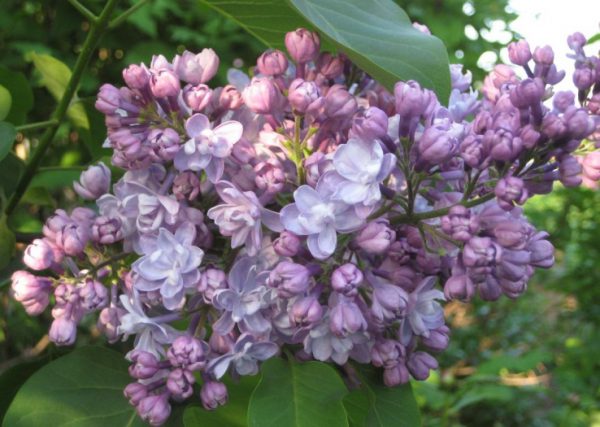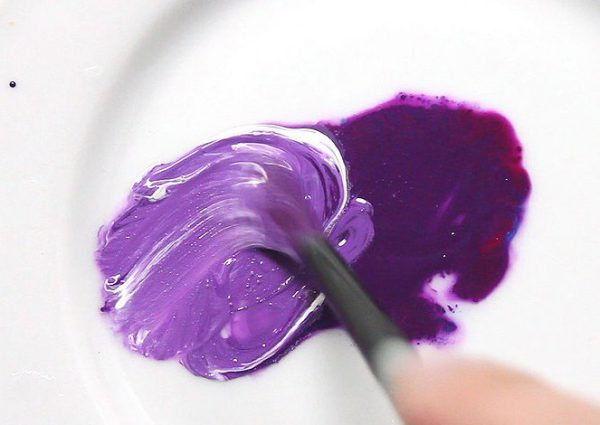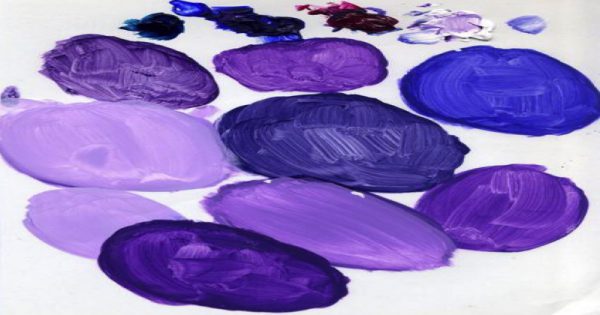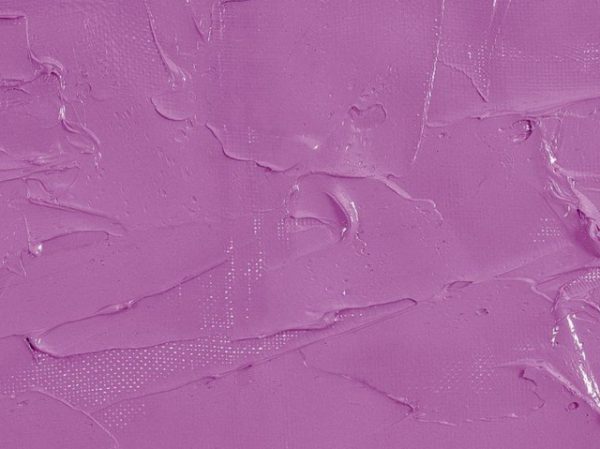Lilac color is a type of purple, its subtype. Like purple, it can be obtained with mixing paints - taking several primary colors and skillfully combining them in the right proportions. There are several methods for how to get a lilac color - you need to choose the right one and use it as needed.
- Lilac - description, similarity and difference with purple
- Getting lilac - instructions, rules
- Shades of lilac
- The use of lilac tones
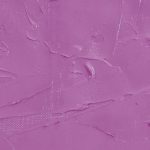
Lilac - description, similarity and difference with purple
The lilac shade in the general spectrum of tones symbolizes a bright future, nostalgia, sensuality, as well as mystery, mystery. In nature, it is rare (mainly in the colors of lilacs), therefore it received a mystical definition from a person. Since ancient times, it has been used for rituals. This color is often chosen by adolescents, which psychologists explain as follows: it is obtained by mixing blue and red, which designate the male and female principles.
For many, purple and lilac are one and the same. Both colors are cold, and indeed recognized by close "relatives". Both of them are obtained by combining 2-3 colors and are called third-order colors. Also common between tones is that they can be made from a mixture of blue and red colors. So what is the difference? The violet (violet) tone of red is more, therefore, even among cold shades, it is warmer, brighter. Lilac contains a lot of blue, its second name is wisteria (wisteria).
Other features of lilac color:
- with an abundance in the interior, it can inspire depressive thoughts;
- many people have hidden anxiety and rejection, but its connoisseurs are usually extraordinary personalities, very creative people;
- only lilac has a true lilac tone, while plums are purple, a forest bell is lilac, grapes are bluish-blue.
Getting lilac - instructions, rules
To make lilac color, you need to prepare paints in advance. Typically, artists prefer to work with gouache, although for mixing you can use watercolors, acrylic colors, paints for walls, ceilings (interior). Confectioners use food colors, which also mix well, allow you to create real culinary "pictures". It is best to combine colors on a special white palette, which will accurately assess the intensity and shade of lilac. If there is no palette, a white ceramic or plastic plate will do.
The easiest way to get lilacs is to take the blue and red colors, combine them, mix thoroughly. It is necessary to take a little more blue tone, so that purple does not turn out. But even the proximity of the finished paint to purple can be fixed. To do this, add a couple of drops of white to the resulting color - this allows you to "cool" the color and bring it closer to lilac.
What to do if the finished lilac has a pink or red tint? You can “soothe” a color by adding black. It perfectly absorbs redness, but it is important not to overdo it. Otherwise, the tone will be very dark, gloomy.
A light lilac tone can be obtained in a different way. Initially, pink and blue colors are prepared by adding white and blue to the blue and red. You can also purchase these shades in the finished form.Then mix about 4 parts of blue and 3 parts of pink paint, as a result, get a nice lilac.
Professionals have their own secrets of developing unique shades - bright, saturated. To obtain a color that goes "blue" instead of standard gouache paints, ultramarine or Persian blue and raspberry are taken. There are other rules when working with paints:
- if the received shade was not pleasant, it is necessary to mix tones again, using other proportions of colors;
- after receiving the mixture, a trial coloring should be done on the draft sheet, canvas, wall section - perhaps in practice the tone will look different;
- To work, you need to use only absolutely clean brushes and a palette, otherwise the color will be with a dirty glow.
To get the original shades of lilac, you can use turquoise, yellow and even green, but you need to be careful with them. Usually the dosage is scanty, otherwise the paint will be hopelessly spoiled.
to contents ↑Shades of lilac
Lilac is not basic, but even it has many tones, “floating” colors. By adding different pigments or brightening the paint, you can get up to 200 different shades - from pastel to dark. At the same time, the transition from one tone to another has a barely distinguishable face, therefore it is very difficult to guess with proportions.
Distinguish close shades can only professional colorists and artists. Here is an example classification of lilac tones:
- according to the degree of brightness - pale, light, medium, bright, dark;
- by heat (depending on the amount of red tint) - periwinkle (coldest), wisteria (warmest), orchid (medium);
- according to the dominant tone - pink-lilac, lavender, amethyst, blue-lilac, beige-lilac, gray-lilac, etc.
You can make an interesting lavender shade. To do this, add a drop of green in equal shares of blue and pink. If you combine the finished lilac with a small fraction of gray, you get a metallic shade of this tone. A mixture of raspberry and indigo with the addition of white gives a delicate lilac color.
to contents ↑The use of lilac tones
This shade is able to give the room a unique chic, because it is used in different types of interior design. The lilac will provide pomposity to the classics, a sense of space to the hi-tech style. The hue will be appropriate in the style of a romantic, especially in combination with white. Such a combination will visually increase the room, make it soft, fresh.
Often, designers combine lilac with beige, pistachio, greenish, blue. Contrast will not be too pronounced, but the room will look interesting. Widely used lilac color in the interior of rooms for girls - it gives a sense of fabulousness, light and joy.
In the bedroom for adults, a good combination would be painting the ceiling with pastel lilac, and the walls with cream or beige in combination with bright plum or violet accents.
Often a lilac tone is used in clothing design. It looks great with peach, golden sand, caramel, pink. To create a unique style, use accessories or details of malachite, mint color clothes. You can dilute lilac with brown - this combination is perfect for office style.
Experiments with flowers can be carried out endlessly, because colorization is a fascinating science, giving incredible scope for imagination. It’s important not to paint too large areas in the apartment or in the picture with lilac - you need to correctly combine the tones, ensuring complete harmony.

